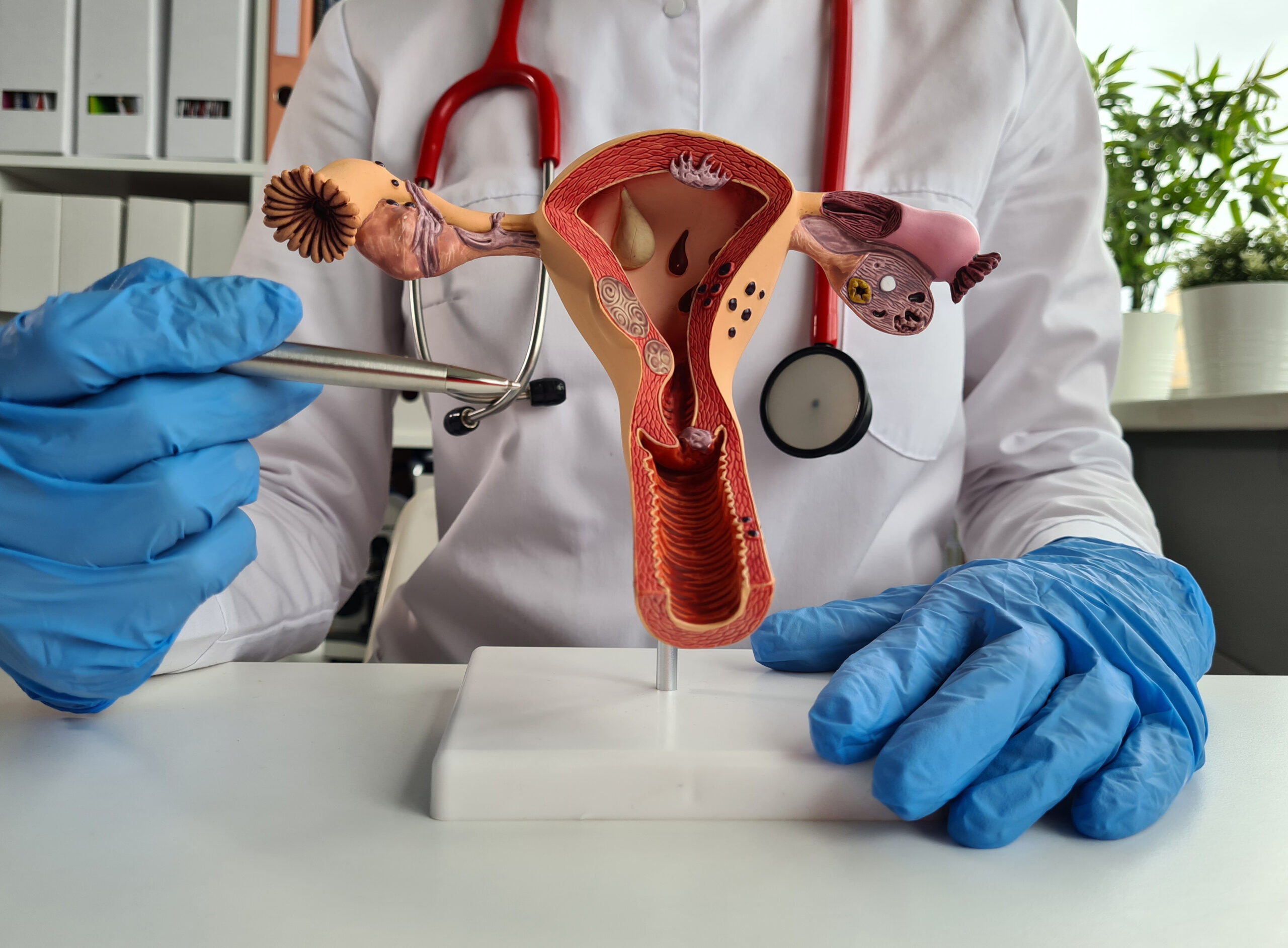Embryo cryopreservation, commonly known as embryo freezing, is a key component in assisted reproductive technology (ART). This method allows embryos to be preserved for future use, offering hope to many couples struggling with fertility issues. By freezing embryos, couples can improve their chances of conception without undergoing repeated egg retrieval cycles. The flexibility it provides makes it a valuable option for many undergoing fertility treatments like IVF.
What is Embryo Cryopreservation?
Embryo cryopreservation involves freezing and storing embryos at an extremely low temperature for future use. This process typically follows an IVF cycle, where eggs are retrieved, fertilized in a lab, and then frozen for later implantation. The process ensures that viable embryos are preserved and can be transferred in subsequent cycles, giving couples multiple chances to achieve pregnancy.
Cryopreservation techniques have improved over the years, increasing embryo survival rates after thawing. This technique is especially beneficial for couples who may not want to go through multiple egg retrieval cycles or for those facing medical conditions, such as cancer, which could impact future fertility.
How Does the Process Work?
The first step in embryo cryopreservation is the creation of embryos through the test tube baby procedure, commonly known as IVF. After the eggs are fertilized and begin developing into embryos, they are carefully monitored in the laboratory. Once the embryos reach a certain stage of development, usually after 3 to 5 days, they can be frozen.
The embryos are placed in a cryoprotectant solution that protects them from damage during freezing. The freezing process itself is done either through slow freezing or vitrification, a rapid freezing method that minimizes the formation of ice crystals that can harm the embryos. Once frozen, the embryos are stored in specialized tanks filled with liquid nitrogen until they are ready for future use.
Who Can Benefit from Embryo Cryopreservation?
Embryo cryopreservation is ideal for various groups of people, particularly those undergoing fertility treatments like ICSI treatment (Intracytoplasmic Sperm Injection). It can also benefit:
- Couples undergoing IVF: Storing embryos gives couples multiple opportunities for pregnancy from a single egg retrieval cycle, reducing the need for repeated procedures.
- Cancer patients: Those diagnosed with cancer may face fertility issues after chemotherapy or radiation. Freezing embryos before treatment preserves their ability to have biological children in the future.
- Women delaying pregnancy: Women who choose to delay childbearing for personal or professional reasons may want to preserve embryos for use later, when fertility might have declined.
- Couples facing genetic risks: Couples who are at risk of passing genetic conditions to their children can use embryo cryopreservation to select and transfer genetically tested embryos.

Success Rates of Embryo Cryopreservation
The success rate of embryo cryopreservation largely depends on the quality of the embryos at the time of freezing. Advances in freezing techniques, especially vitrification, have greatly improved survival rates after thawing. Studies show that embryos frozen through vitrification have nearly the same implantation potential as fresh embryos.
Furthermore, research suggests that frozen embryo transfers may even lead to better pregnancy outcomes in some cases. The freezing process gives a woman’s body time to recover from the stimulation process required for IVF, leading to a more favorable uterine environment for embryo implantation.
Embryo Cryopreservation and Fertility Treatments
For couples undergoing ICSI treatment or other forms of IVF, embryo cryopreservation is a critical option. ICSI is often used in cases of male infertility, where a single sperm is injected directly into an egg. The resulting embryos can be frozen for future use, reducing the need for repeated ICSI procedures.
Embryo cryopreservation also plays a role in test tube baby procedures, which allow for embryos to be stored after a successful IVF cycle. This storage provides couples with multiple chances of pregnancy, as they can return for subsequent frozen embryo transfers without repeating the entire IVF process.
Future of Embryo Cryopreservation
As reproductive technology advances, embryo cryopreservation will continue to be a key player in fertility treatments. The process has already evolved with improved freezing methods, such as vitrification, and continued research may lead to even higher success rates. Additionally, the option to genetically test embryos before freezing could further enhance the chances of a healthy pregnancy.
Conclusion
Embryo cryopreservation is a valuable option for many individuals and couples facing fertility challenges. By freezing and storing embryos, couples can preserve their chances of conception for the future, providing flexibility and peace of mind. Whether used after IVF, ICSI treatment, or as part of a test tube baby procedure, embryo freezing ensures that families have more opportunities to grow when they are ready.











